1. Introduction: The Beard Regrowth Dilemma
You shaved your beard—maybe on purpose, maybe by accident. And now you’re staring into the mirror wondering: “How long will it take to grow back?” Whether it was a clean shave, a trim that went too far, or you’re just starting your beard journey again from scratch, the wait can feel endless.
Beard growth is personal and varies dramatically from one man to another. Some start seeing stubble in a day or two, while others take weeks to show signs of regrowth. This article breaks down what actually happens after you shave, the stages of beard growth, what you can realistically expect, and how to speed up the process using science-backed strategies—including, for some, growth-supporting products like Minoxidil Kirkland.
We’re going to take a deep dive into timelines, growth phases, myths, and real tips that work. So let’s answer that burning question: how long does it really take for your beard to come back?
2. Understanding the Beard Growth Cycle
To know how long it takes for a beard to grow back, you first need to understand how facial hair grows. It’s not instant—and it doesn’t all grow at the same rate. Beard hair goes through a four-phase cycle, just like the hair on your head:
Anagen (Growth Phase):
This is when hair actively grows. For beard hair, this phase typically lasts from 1 to 4 years. The longer this phase lasts, the longer your beard can potentially grow.
Catagen (Transition Phase):
A short phase (2–3 weeks) where hair stops growing and detaches from the blood supply.
Telogen (Resting Phase):
Hair rests in the follicle for about 3 months before it sheds and the cycle restarts.
Exogen (Shedding Phase):
Old hair falls out, making room for new hair to grow in the same follicle.
When you shave, you’re only removing the visible hair shaft. The follicle underneath is still intact and ready to restart the cycle—but how fast it does so depends on multiple factors like genetics, age, hormone levels, and lifestyle.
3. Average Beard Regrowth Timeline After Shaving
Let’s get to the numbers. Here’s what a typical regrowth timeline looks like for most men after shaving their beard completely:
Day 1–3:
The skin may feel smooth or slightly rough. Tiny stubble begins to emerge in faster-growing areas like the mustache or chin.
Day 4–7:
Noticeable stubble appears. You might begin to see the early outline of your beard again, especially if you grow thick facial hair.
Week 2–3:
Growth becomes patchier or fuller depending on your genetics. Some men may have a short beard at this stage, while others still see sparse coverage.
Week 4–6:
Most men can grow a full short beard by this point, although density and shape vary greatly.
Month 2–3:
With no shaving or trimming, you’re likely to have a thicker, fuller beard, approaching medium length.
Important: everyone’s timeline is different. Some men can grow a beard in a month; others need three to see serious progress. And if you’re younger than 25 or just starting to grow facial hair, your growth may be slower—but not impossible.
4. Factors That Affect How Fast Your Beard Grows
Ever wonder why your friend grows a beard in two weeks while you wait months? Beard growth is influenced by a wide range of factors. Here’s what makes the biggest impact:
Genetics:
The number one factor. Your DNA determines follicle density, hair texture, and how much facial hair you can grow.
Age:
Most men see full beard growth between ages 25–35. It can be slower or patchier in teenage years and early 20s.
Hormones:
Testosterone and DHT (dihydrotestosterone) play major roles in stimulating beard follicles.
Diet & Nutrition:
Protein, zinc, biotin, and vitamins A, D, and E all support healthy hair growth.
Sleep & Stress:
Lack of rest and high cortisol levels can disrupt hormone function and slow growth.
Skincare Routine:
Clean, exfoliated skin promotes better circulation and follicle activation.
The good news? While you can’t change your genetics, you can absolutely influence most of the other factors above.
5. How to Speed Up Beard Regrowth After Shaving
If you’re staring at the mirror wondering how to make the beard come back faster, you’re not alone. Luckily, there are several proven ways to encourage healthy, consistent beard growth:
1. Focus on Nutrition
Eat more protein-rich foods, leafy greens, eggs, nuts, and fish. These support keratin production and hormonal balance. Stay hydrated too—dry skin and dehydration weaken hair quality.
2. Start Using a Derma Roller
Microneedling your beard area 2–3 times a week with a 0.5mm derma roller boosts blood circulation and wakes up sluggish follicles. This method is often used in combination with topical treatments.
3. Consider Growth Products
Some men choose to use products designed to support beard growth, especially if they have trouble with patchy areas. One of the most commonly used options is Minoxidil Kirkland. Though originally intended for scalp hair, many have found success using it on their beards. When applied consistently and correctly, it can encourage new growth in stubborn or sparse regions.
4. Don’t Overwash or Irritate the Skin
Use a gentle cleanser and avoid harsh scrubbing. Natural oils help nourish follicles, and over-cleansing strips them away.
5. Be Patient and Consistent
Beard growth takes time, and shaving doesn’t reset or ruin your progress—it just starts a new growth cycle. With the right care, you’ll be back to full beard status in no time.
6. Will Shaving Make Your Beard Grow Back Thicker?
This is one of the most common beard myths out there—and it’s time to set the record straight. No, shaving does not make your beard grow back thicker, faster, or darker. Here’s why:
When you shave, you’re cutting hair at the surface of the skin. The follicle underneath (where the hair actually grows) remains completely unchanged. The blunt tip of a shaved hair may feel coarser as it grows out, which can create the illusion of increased thickness—but it’s purely cosmetic.
Real beard thickening comes from stimulating the follicles, not shaving. Tools like a derma roller or ingredients such as Minoxidil Kirkland are far more effective at encouraging true growth. Hormones, nutrition, and genetics determine thickness—not your razor.
So shave if you want a fresh start—but don’t expect it to transform your beard overnight.
7. Beard Growth by Area: What Grows First and Why
Facial hair doesn’t grow uniformly, and different parts of your face develop hair at different rates. Here’s a quick breakdown of what you can expect post-shave:
Upper Lip (Mustache):
Often one of the first areas to show stubble. The hair here is usually denser and grows quicker in many men.
Chin:
Typically grows faster and thicker than the cheeks. Many guys notice a “goatee” shape forming before the full beard does.
Jawline & Neck:
Growth here varies widely. Some men develop strong neckbeards, while others have patchiness.
Cheeks:
The slowest-growing and patchiest region for many. If you’re using growth tools like kirkland minoxidil, this is often the area you’ll want to target most.
Understanding this pattern helps set realistic expectations. You’re not doing anything wrong—your cheeks just might need more time (or help) than your chin.
8. What If Your Beard Doesn’t Grow Back the Same?
Some men shave and worry:
“Is my beard not coming back the way it was?” Rest assured, shaving doesn’t damage your follicles or stunt your growth. However, several factors might make it seem like your beard has changed:
Age:
If you shaved at 21 and try again at 28, your beard will likely grow in thicker due to hormonal changes—not because of the shave itself.
Stress or Hormonal Shifts:
These can affect the speed and density of hair regrowth.
Health & Nutrition:
Poor diet or sleep issues can impact your regrowth pattern.
Use of Harsh Products:
Avoid alcohol-heavy products or aggressive scrubbing after shaving.
If regrowth is slower or patchier than expected, consider starting a beard care routine that includes good skincare, a derma roller, and—if needed—a topical booster like Minoxidil Kirkland.
9. Building the Perfect Post-Shave Beard Routine
Once you’ve shaved and you’re ready to grow your beard again, build a solid routine from day one. This doesn’t just speed up growth—it makes your new beard healthier and easier to manage. Here’s a simple weekly plan:
Daily:
- Cleanse face gently with a mild facial cleanser
- Apply a light, nourishing moisturizer or beard oil to prep skin and follicles
2–3 Times a Week:
- Use a derma roller (0.5mm) on the beard area for microneedling benefits
- Optional: Apply Minoxidil Kirkland after microneedling for better absorption (wait 20–30 minutes post-rolling)
Weekly:
- Exfoliate the skin with a gentle scrub to remove dead cells
- Take progress photos to track growth and improvement
Over time, this routine not only encourages growth—it also creates a healthier, more structured beard. A little consistency goes a long way.
10. Final Thoughts: Regrowth Is a Journey, Not a Race
Shaving your beard doesn’t mean starting from zero—it means restarting with a fresh perspective. Whether you’re aiming to grow it back just the way it was or looking to improve it with better care, the process takes time, patience, and smart habits.
There’s no shortcut to instant beard growth, but there are proven methods to support it. Tools like a derma roller, solid skincare, nutrition, and options like Minoxidil Kirkland can speed up and strengthen the journey. Just remember: the key to a legendary beard is consistency.
So breathe easy. That clean-shaven face won’t last forever—and with the right routine, your beard will come back better than ever.
FAQs
1. How fast does beard hair grow per day?
On average, beard hair grows about 0.3 to 0.5 millimeters per day—roughly half an inch per month.
2. Does shaving make beard hair grow back thicker?
That’s a myth. Shaving only cuts the hair at the surface and doesn’t impact follicle thickness or density.
3. When should I start using Minoxidil Kirkland after shaving?
You can start using it once the skin has calmed down from the shave—usually within 24 hours. For best results, apply it consistently over time.
4. Can I use a derma roller right after shaving?
It’s best to wait 1–2 days post-shave to avoid irritation. Let the skin settle first.
5. What’s the best way to care for a regrowing beard?
Stay moisturized, eat well, microneedle consistently, and consider using growth-enhancing products if you’re struggling with patchiness.


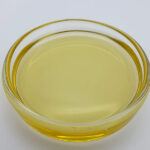

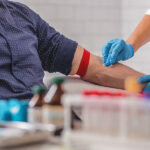

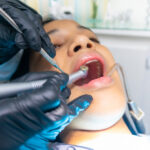

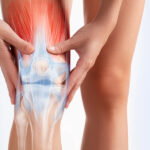

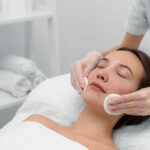

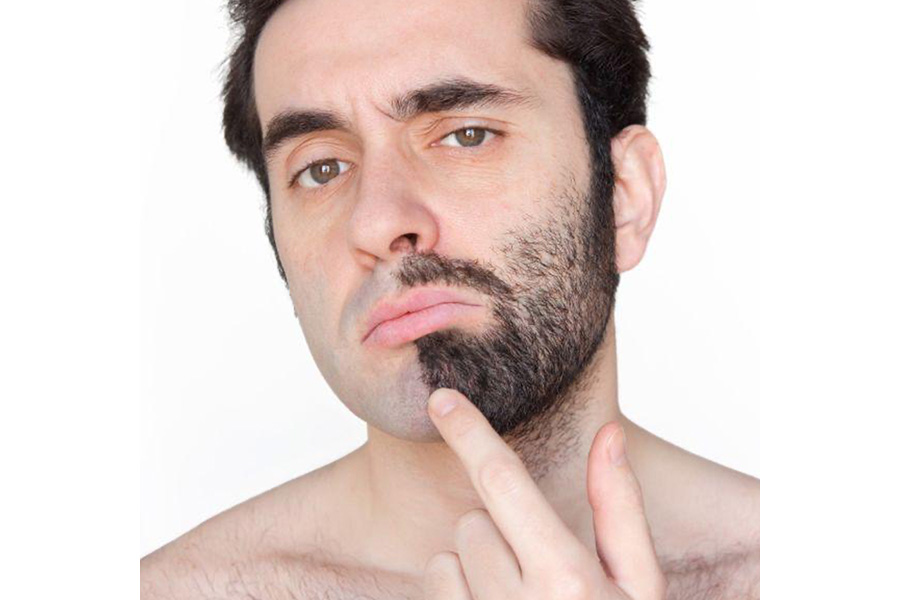
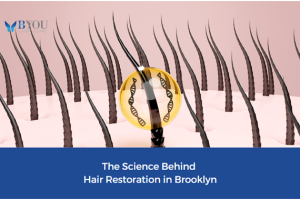
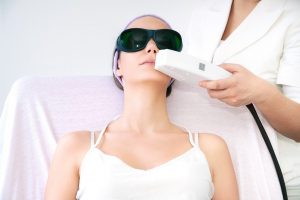





Add Comment